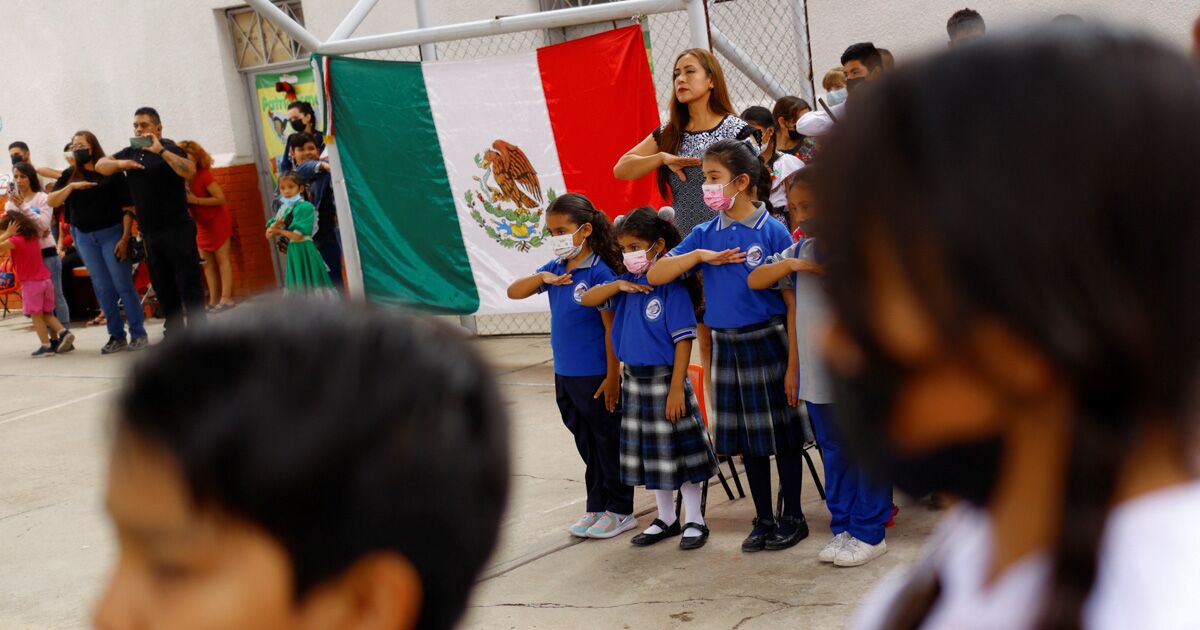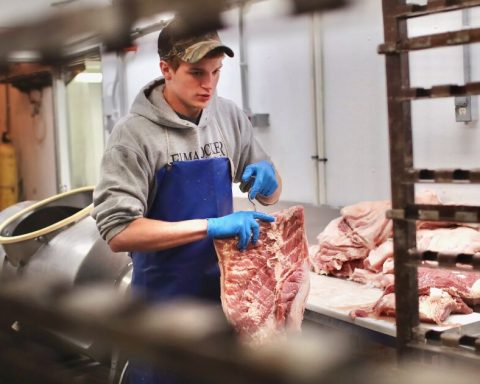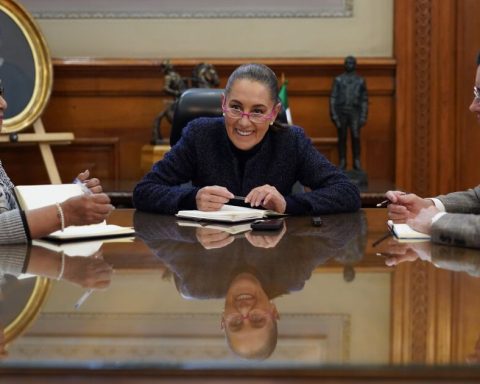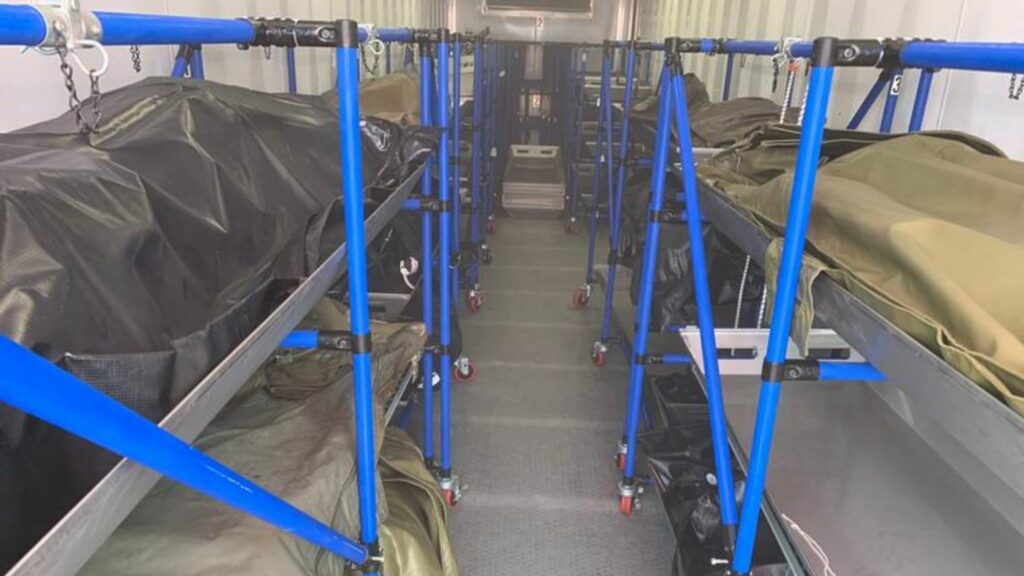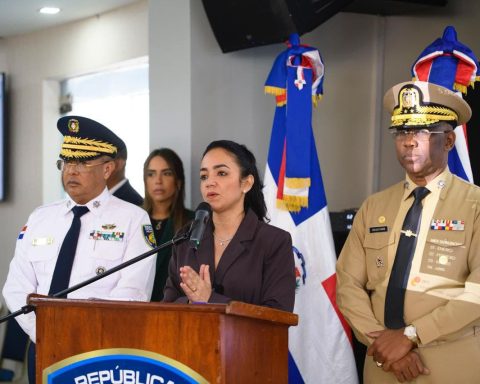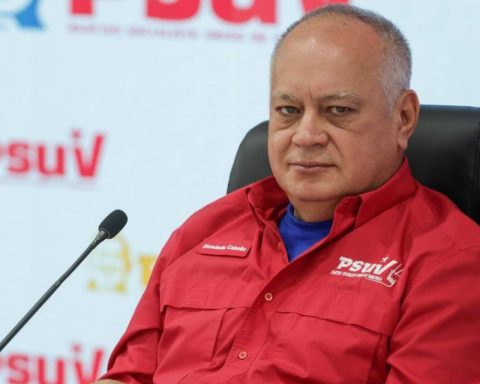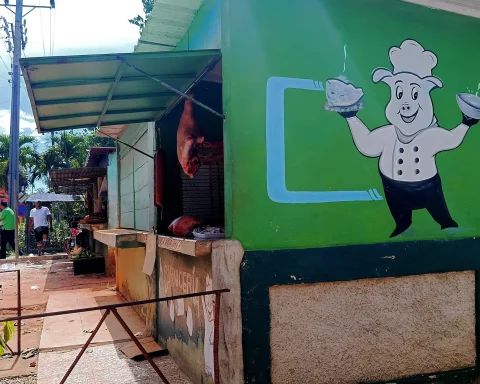During the period of distance classes, 87.7% of children and adolescents who speak an indigenous language did not have a computer to study. Of the people in this population who took distance classes, 17.8% did not have a desk or table to study; 20.7% did not study in a quiet place without distractions and 34.6% did not have reference books to carry out their school activities.
“The main problems that arise for access to the right to education of children and adolescents who speak an indigenous language during the pandemic were, in general, the lack of internet connectivity and access to computer equipment”, it is exposed. in the document Education for the indigenous population in Mexico: the right to an intercultural and bilingual education.
These problems prevent students who speak indigenous languages from advancing in the highest educational levels. For example, the report details, 30% of young people of university study age in Mexico are enrolled in some higher education establishment, compared to 3% of children and adolescents who speak an indigenous language.
The report details that, in 2020, there were 11.8 million people in the country who lived in indigenous households and eight out of 10 were in a situation of poverty.
In addition, 47% have an educational gap; 80.9% do not have social security; 67.4% do not have basic housing services and two out of every 10 people who speak an indigenous language do not know how to read or write.
At the beginning of the 2019-2020 school year, there were 22,766 indigenous schools in Mexico, of which 2,338 were initial, 10,035 preschool and 10,393 primary, according to data from the SEP.
